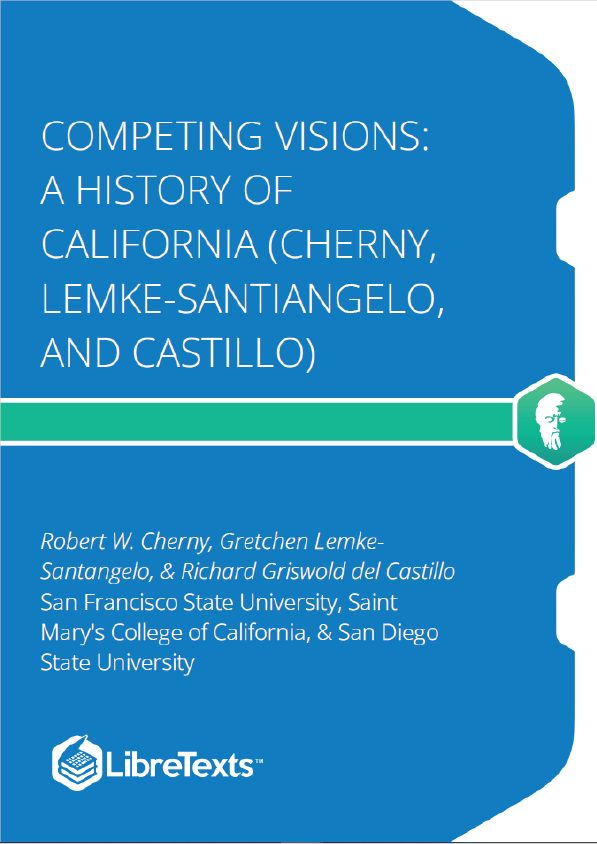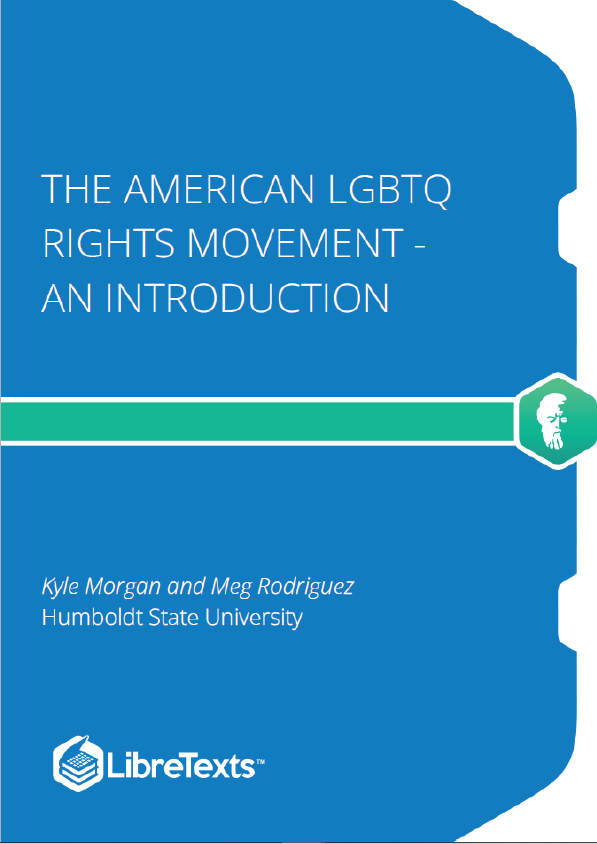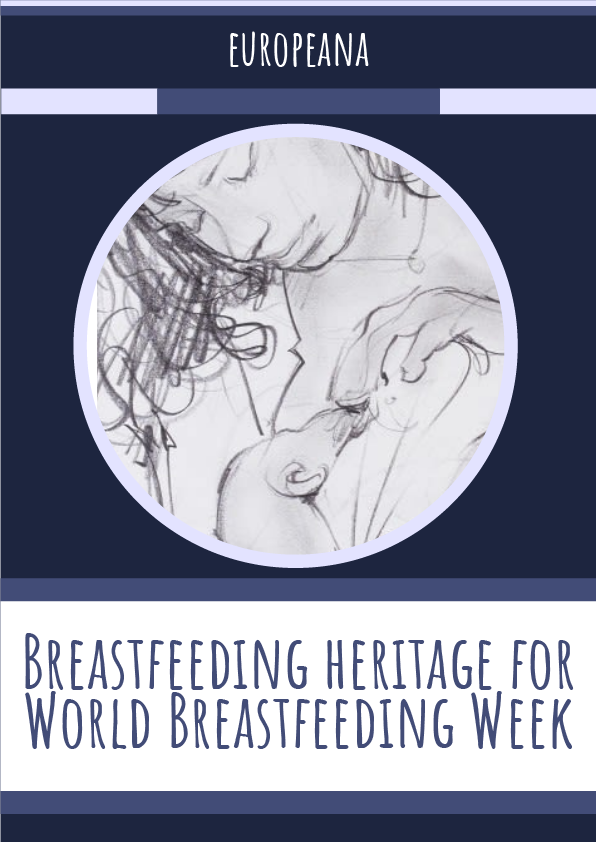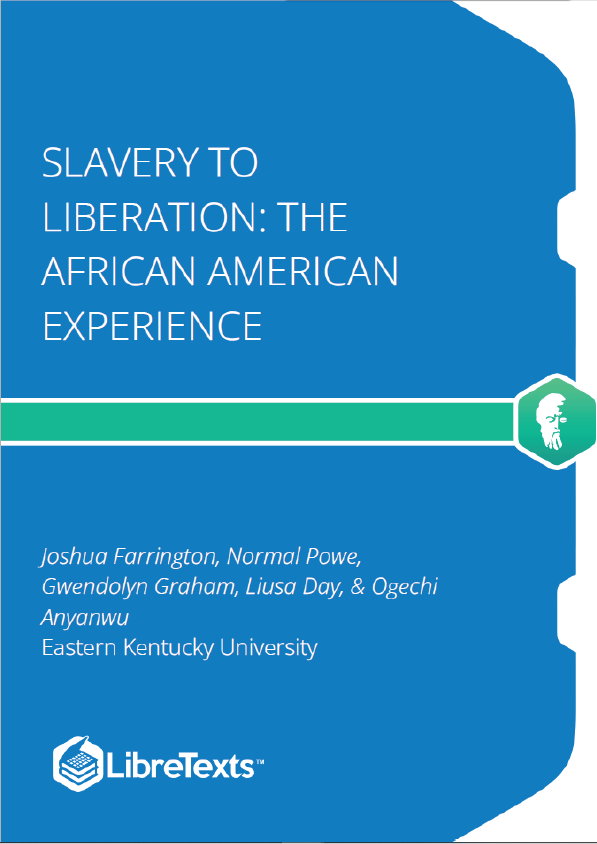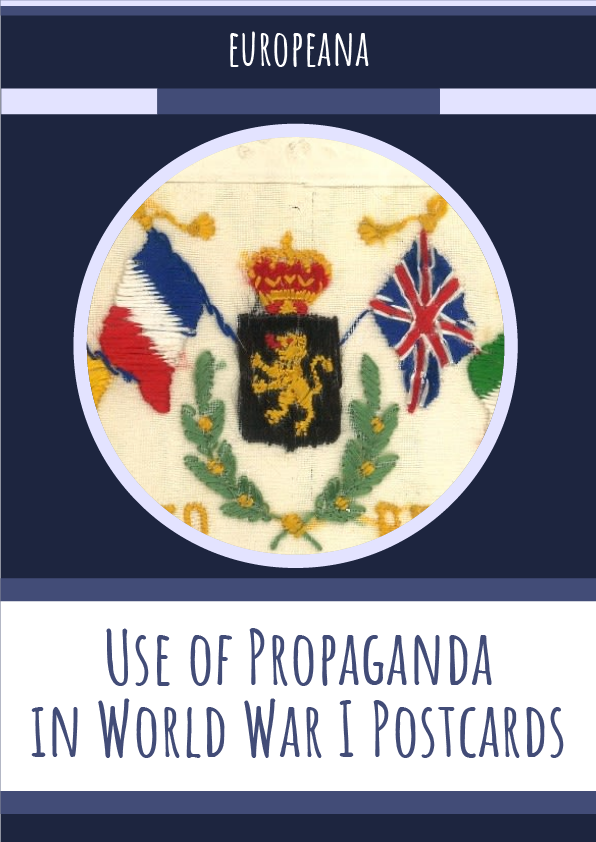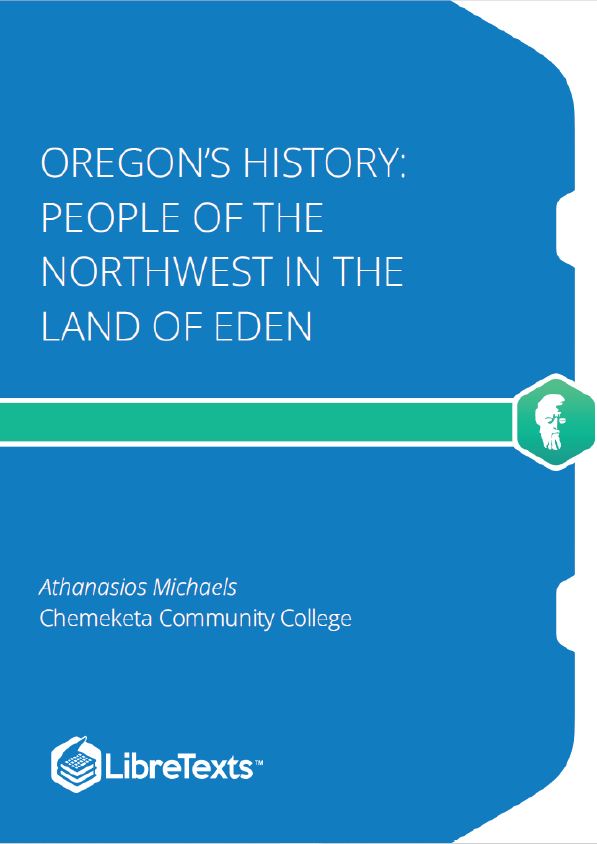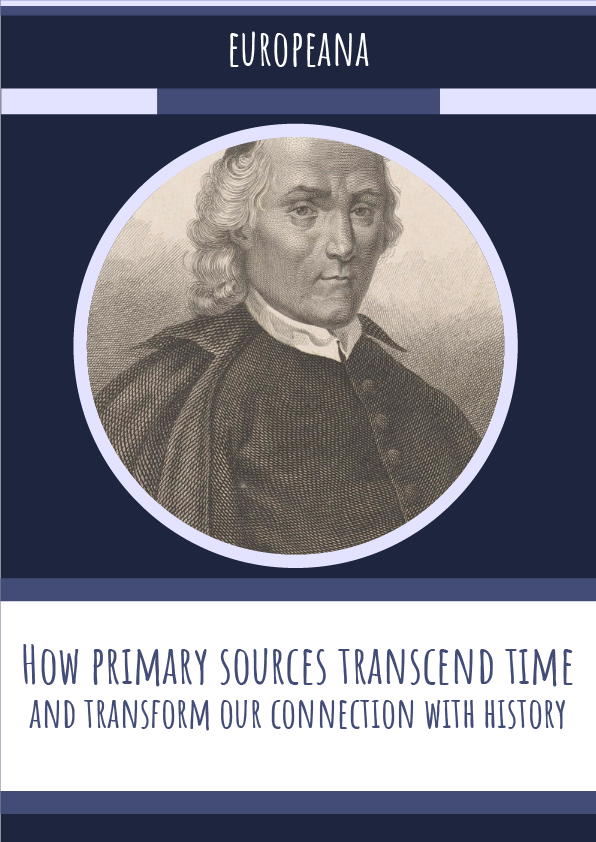Main Topics
- Diversity: Origins of California and Its Native Peoples
- Cycles of Life: The Food Quest, Spirituality, and Rituals
- A Closer Look: Six Regional Peoples
- Significance: The Importance of California Natives and Other North American Native Peoples in Non-Indian History
- Summary
In the beginning on the water that was everywhere, a downy feather swirled and swirled upon a tiny fleck of foam.”
If you were a Yuki Indian child living in what is now Mendocino County in 13,000 BCE, you might have listened enraptured as an elder began to tell this story of creation, one version of many that existed among the earliest of North American cultures.
“Listen closely to the feather,” the elder might have intoned, “and you will hear the singing of Taikomol, the creator of the world, whose name means He-who-goes-alone. Swirling and singing, swirling and singing, Taikomol rose up from the water and became a man—but he was not alone. Hanging from his body was another god, the god Coyote, the selfish one of death and pain. With Coyote at his side, Taikomol made a basket from parts of his own body. Reaching deep into the basket, he drew forth a ball of mud, which he molded with pine pitch to make the earth. Jealous Coyote clung to Taikomol as he traveled over the new earth four times from north to south, fastening its four corners with a sky made from the skins of four whales. This earth is good, Taikomol thought, and so he wanted to share all he had created. Reaching deep again into his basket, he found sticks of wood, and placed them in a protected place, a kind of house. Through the night, Taikomol was swirling and singing over this house, with Coyote hovering at his side and peeking sharply into the dwelling with his jealousy growing. When dawn broke the darkness, the sticks walked as people into the morning.
“Taikomol was filled with joy at his creation and wanted people to live forever, but jealous Coyote wanted them to die. When the first son died and was buried, Taikomol offered to bring him back to life, but Coyote said that the dead should remain dead. The other gods agreed, and for that reason people do not come to life again after they die.” As the elder finished, your young eyes might have shone as you repeated softly to yourself, “For that reason people do not come to life again after they die.”
Creative stories such as this one, passed on through the generations, reflect the very diversity of California itself, distinctive from its beginnings in its geographic formations, climate, variety and plenitude of flora and fauna, and the multiplicity of its Indian peoples. The earliest human history of this region shows that in California no single generalization could ever capture reality; it has always been an unusual locale where, because of its lush environment, a large population of diverse peoples could live together and thrive.
